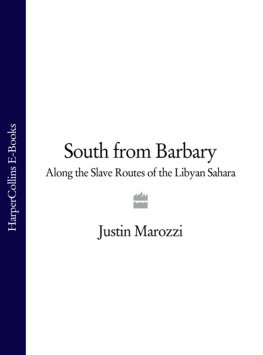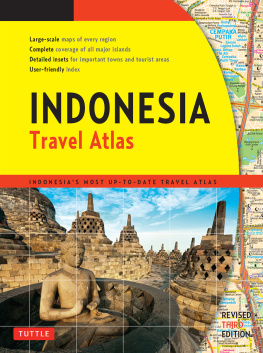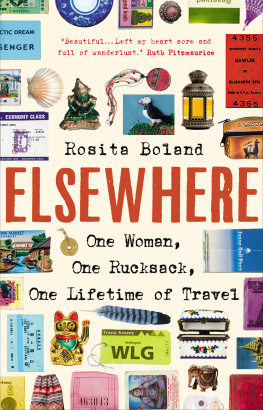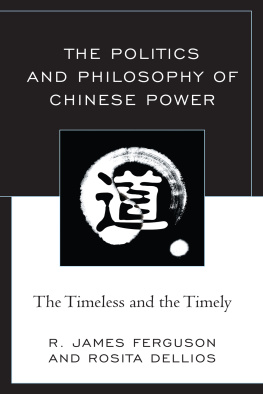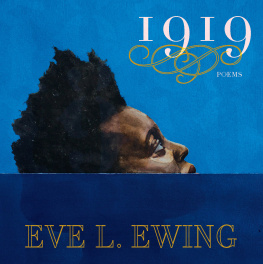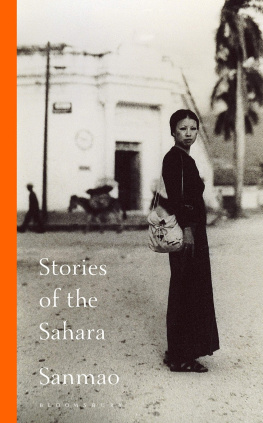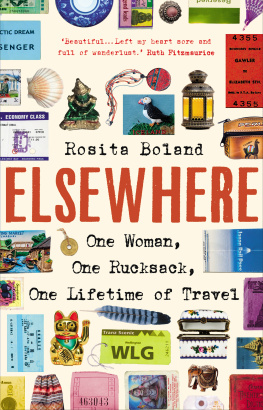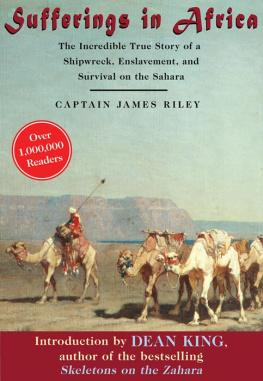From Red Sea to Blue Nile premiered in London with great fanfare in 1925 and was screened in Addis Ababa. Only a six-minute snippet of Forbess silent film survives today in the British National Film Archives. She published a colorful and exhaustive account of the expedition in her 1925 book From Red Sea to Blue Nile: Abyssinian Adventure. It was reprinted in 1935 with a preface written by Forbes as the country stood on the brink of war and occupation by Italy. The Ethiopians, she wrote, are a courageous people who have lived all their lives in the sixteenth century and who will, the day after war is declared, find themselves most tragically in the twentieth.
During the late 1920s and the 1930s, Forbes traveled extensively in Africa, South and Central America, Burma, India, and Western and Eastern Europe. She continued to lecture and to write scores of travel articles and thought pieces on international politics for newspapers, magazines, and geographical journals. She recounted her trip to South America in Eight Republics in Search of a Future: Evolution and Revolution in South America (1933) and published tales of incidents from her travels, some semi-fictionalized, in Women Called Wild (1935) and These Are Real People (1937).
Women Called Wild , in particular, did not sit well with some criticsand justifiably so. The book combined profiles of women she had met on her travelssuch as Halide Edib Adivar (Turkeys champion of womens emancipation), Alexandra David-Nel (the French explorer of Tibet), Russian Bolsheviks, and Chinese Communistswith lurid, sensational, and undocumented stories about slavery in Abyssinia and Arabia, witchcraft, sorcery, and voodoo of the kind that made good copy in popular magazines. Mrs. Forbes writes a story of weird and far-off places, as episodic and uneven as a fruit cake, said The Washington Post. Using every device to shock and horrify her reader, the author... only succeeds in making the reader indifferent, reading about multiple atrocities incessantly recurrent, with a calm blandness.... Forbes was always on firmer ground when she reported her experiences in a straightforward manner, rather than blending the real and the imaginary or straining to goggle the eyes of her readers, as one critic put it.
Forbess most notable journeys of this era, chronicled in two outstanding books, were those that took her back to the Middle East at a pivotal moment of change and to Afghanistan and Soviet Central Asia. In 192930, Forbes traveled from Turkey, via Syria, Palestine, Iraq, and Persia (Iran), to the borders of Afghanistan and back again along the Russian frontier through Azerbaijan and Kurdistan. She told the story of this trip in Conflict: Angora to Afghanistan (1931), a tour de force of reporting and vivid observation. I looked forward to seeing the effect of a decade of intensive modernization, imposed largely by force on people traditionally conservative, she wrote. In every country I found a state of conflict, which included not only the inevitable racial, religious, and political disputes, but a more formidable antagonism between the educated and the ignorant; between sexes, classes and generations.
Her cast of characters included Turkeys President Mustafa Kemal, her long-time friend King Faisal of Iraq, and Reza Khan, the shah of Persia, as well as the students and professional women of Ankara and Tehran and the opium-smoking harem dwellers of Qum; the insurgent Kurds of Mount Ararat, their women fighters toting rifles and babies; the embattled Druses in their mountain fiefdom in Lebanon; Zionist colonists and beleaguered Arab farmers in Palestine; young Iraqi nationalists from Baghdad, devout Shia pilgrims in the holy cities of Karbala and Najaf, and the Zoroastrians of Yezd. The test of any civilization is its treatment of its minorities, racial, religious and political, she wrote, concerned that the emerging forces of nationalism, particularly in Turkey and Iraq, would threaten the survival of the diverse communities whose stories she told in the pages of Conflict .
In 1930, while Forbes was in the Persian city of Meshed, where the Golden Road to Samarkand begins, she watched fugitives from Soviet Turkmenistan drive by in their high-wheeled covered wagons, the mens faces, dark and hard with flat cheekbones, and the enormous sheepskin hats like haloes. Like many wanderers before her, Forbess imagination was captured by the idea of a journey to fabled Samarkand, one of the worlds most ancient cities, the capital of Tamerlanes 14th-century empire, and then part of the Soviet Union. It took six years for Forbes to persuade the Russian embassy to give her a transit visa allowing her to cross the closed border between Afghanistan and Soviet Central Asia at the Amu Darya (the Oxus River that Alexander the Great had crossed in 329 BCE).
She began her journey in 1936 at Peshawar in India (Pakistan today) and traveled over the Khyber Pass and onward in a truck loaded with benzene along the nomads road to Kabul, an earth-colored city, enclosed by mountain ramparts, which has a beauty like nothing else on earth, as she wrote in Forbidden Road: Kabul to Samarkand (1937). She took a mail truck southwest on a side trip of some 600 hundred miles to the oasis town of Kandahar in the company of 53 patient, helpful, and good-tempered Afghans, the best travelling companions I ever had.
From Kabul, she traveled northwest toward the border of Soviet Central Asia with Captain George Galloway, a British diplomat, and his temperamental orderly, Kuli Khan. Together they visited Bamiyan, where they gazed upon the ancient Buddha statues carved into niches in the cliff face that were destroyed by the Taliban in 2001, and passed over the Hindu Kush to the holy city of Mazar-i-Sharif, a mud-built town thronged with pilgrims and crowned by an exquisitely tiled sea-blue mosque. Forbidden Road is particularly moving to read today for its portrait of an Afghanistan that has been lost to the ravages of three decades of war.
Forbes continued alone over the border at the Amu Darya, traveling by train and truck to Bokhara and Samarkand in Uzbekistan, where she found both socialist progress and the glory of TamerlaneSamarkands facades of sea and sand with sunshine caught between them, whose beauty she had dreamed of years before in Meshed.
In 1938, Forbes returned to India to write about its princely states in India of the Princes (1939). This was the last of her great journeys. Before the war, Forbes edited Women of All Lands: Their Charm, Culture and Characteristics , an unusual magazine that celebrated the customs and achievements of women of all races and many ethnic groups around the world. Its eighteen issues, copiously illustrated by the work of top photojournalists and art photographers, including glamour shots by the Hollywood photographer Hurrell, were collected in a book published in 1939. It serves as a veritable encyclopedia of vintage 1930s perspectives on feminism and femininity.
That year, Forbes visited the Bahamas and found her future journeys end on the island of Eleuthera, where she and her husband made plans to build their dream house, Unicorn Cay. She published Unicorn in the Bahamas (1939), the first of four books of travel and history she wrote about the West Indies and the Caribbean, as well as These Men I Knew (1940), impressions of leaders she had interviewed or met on her travels, including Hitler, Stalin, Mussolini, Roosevelt, Gandhi, and Haile Selassie. During the war, she lectured tirelessly to soldiers and civilians in Britain, Canada, and the United States on behalf of the Allied war effort.
After the palatial home in London where she had entertained in grand style was destroyed in the Blitz, she and her husband moved to Eleuthera. There, she continued to write and published two volumes of memoirs, Gypsy in the Sun (1944) and Appointment with Destiny (1946), exhaustive year-by-year accounts of a lifetime of travel, a fascinating monumental hodgepodge of travel, exploration, prophecy, hindsight, commentary and crusading, as the New York Times reviewer put it. By that time, she said, she had been to every known country, save Tibet and New Zealand. After Arthur McGraths death in 1962, Forbes relocated to Bermuda, where she died in 1967 at the age of seventy-seven.
Next page

